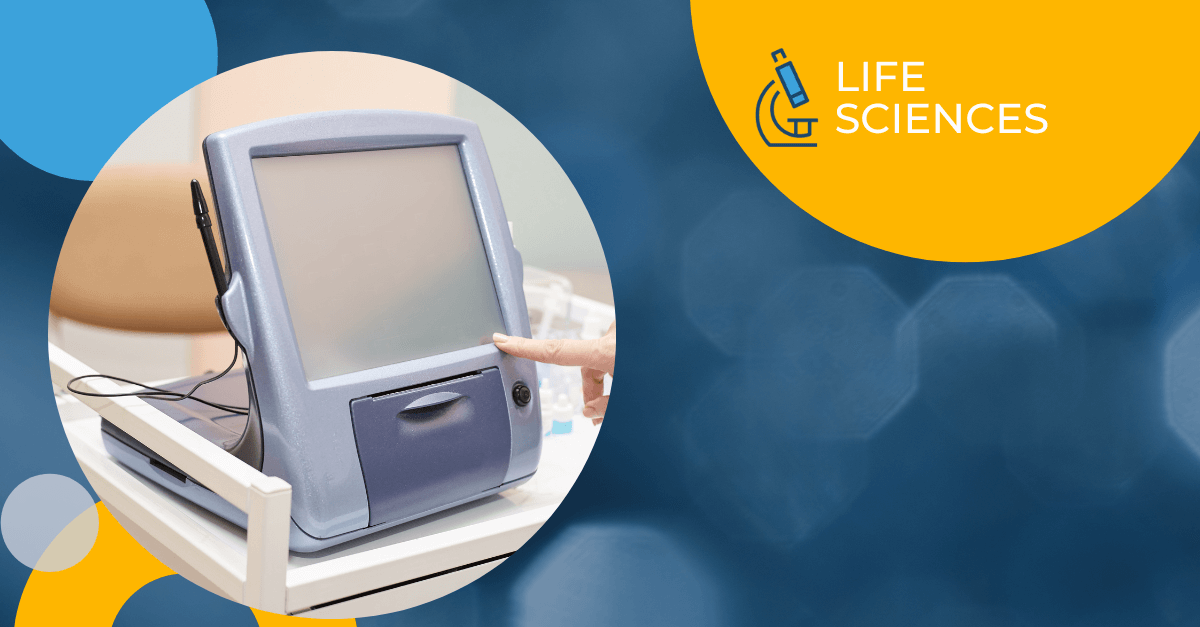In the dynamic world of medical device regulations, the European Union Medical Device Regulation (EUMDR) stands as a significant milestone, ushering in a new era of stringent standards and requirements. Amidst these changes, translation plays a pivotal role in ensuring compliance and facilitating the seamless flow of information across borders. In this article, we delve into the intricate relationship between translation and EUMDR, exploring the challenges, strategies, and best practices for navigating this complex terrain.
Understanding EUMDR Requirements
The EUMDR represents a paradigm shift in the regulation of medical devices within the European Union. Its primary objective is to enhance patient safety and ensure the effectiveness of medical devices placed on the EU market. To achieve these goals, the regulation imposes stringent requirements on various aspects of medical device development, manufacturing, and distribution. Central to EUMDR compliance is the accurate translation of critical documentation, including technical files, labeling, instructions for use, and more.
Challenges in Translation for EUMDR Compliance
Translating content for EUMDR compliance presents a unique set of challenges, stemming from the regulatory intricacies and the specialized nature of medical device documentation. One of the primary challenges is maintaining linguistic accuracy and consistency across multiple languages, ensuring that translated content aligns with the original meaning and intent. Moreover, the fast-paced nature of regulatory changes adds another layer of complexity, requiring translation teams to stay updated and adaptable.
Another significant challenge is the diversity of target markets within the EU, each with its own language requirements and cultural nuances. This necessitates a tailored approach to translation, taking into account linguistic preferences, regulatory differences, and local market expectations. Additionally, ensuring the confidentiality and security of sensitive medical information during the translation process is paramount, especially in light of data protection regulations such as GDPR.
Strategies for Effective Translation
To address these challenges and achieve EUMDR compliance, organizations must adopt a strategic approach to translation. Collaboration between regulatory experts, linguists, and subject matter specialists is essential to ensure the accuracy and completeness of translated content. Establishing clear communication channels and feedback loops can help streamline the translation process and facilitate the resolution of any issues or discrepancies that may arise.
Furthermore, leveraging technology and automation can enhance the efficiency and consistency of translation workflows. Translation management systems (TMS) and computer-assisted translation (CAT) tools enable centralized control, terminology management, and version control, thereby reducing errors and ensuring compliance with EUMDR requirements. However, it is crucial to strike a balance between technology and human expertise, recognizing the value of linguistic and domain-specific knowledge in producing high-quality translations.
Best Practices for EUMDR Translation
In addition to adopting strategic approaches, adhering to best practices is essential for achieving EUMDR compliance through translation. This includes conducting thorough linguistic validation and verification processes to ensure the accuracy, clarity, and appropriateness of translated content. Moreover, implementing robust quality assurance measures, such as peer reviews and independent audits, can help identify and rectify any discrepancies or deficiencies in translated documentation.
Furthermore, maintaining comprehensive documentation and audit trails throughout the translation process is vital for demonstrating compliance with EUMDR requirements. This includes documenting translation methodologies, version histories, and any changes or updates made to translated content. Additionally, organizations should prioritize ongoing training and professional development for translation teams to keep them abreast of evolving regulatory standards and industry best practices.
Conclusion
In the realm of medical device regulation, translation serves as a cornerstone for achieving EUMDR compliance and ensuring patient safety. By understanding the unique challenges, adopting strategic approaches, and adhering to best practices, organizations can navigate the translation landscape with confidence and efficacy. As the regulatory landscape continues to evolve, embracing a proactive and collaborative approach to translation will be indispensable for success in the global marketplace.
About Morningside
Morningside, a Questel Company, provides life sciences organizations with end-to-end language solutions for their regulatory, clinical, commercial, and patent needs. With over 4,000 clients in 55 countries, they are recognized for their life science expertise and technology innovation across pharma, biotech, medical devices, and healthcare. Their life sciences translation services ensure products and ideas reach new markets and comply with all regulatory and cultural requirements throughout the product lifecycle.
Download our on-demand webinar “Meeting MDR & IVDR Regulations: Translation & Cost-Savings”. This webinar will help you learn how to save time and ensure compliance while enhancing your brand’s reputation through reliable translation.



